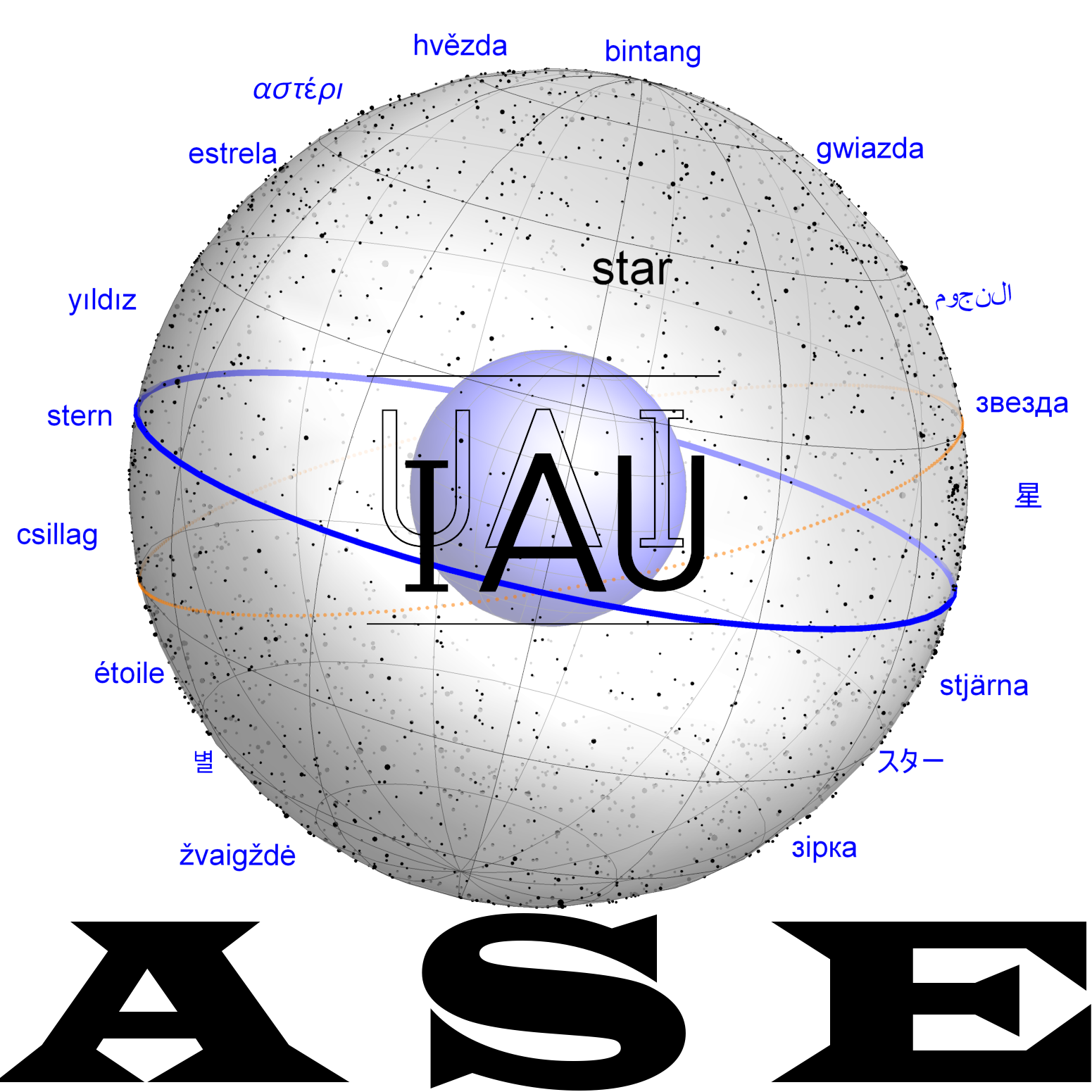Template:Citation Style documentation/syntax: Difference between revisions
From All Skies Encyclopaedia
imported>Matthiaspaul (mentioned that non-hyphenated parameter variants exist only for legacy support and that users should choose hyphenated parameters when adding parameters) |
imported>Trappist the monk m (ce;) |
||
| Line 7: | Line 7: | ||
: Where aliases are listed, only one of the parameters may be defined; if multiple aliased parameters are defined, then only one will show. |
: Where aliases are listed, only one of the parameters may be defined; if multiple aliased parameters are defined, then only one will show. |
||
If non-hyphenated aliases of parameters with hyphens are defined, they exist only for legacy support (and are subject to become unsupported in the future); therefore, to streamline the |
If non-hyphenated aliases of parameters with hyphens are defined, they exist only for legacy support (and are subject to become unsupported in the future); therefore, to streamline the appearance and improve consistency, select the hyphenated variant when adding parameters to a citation template and also consider switching already present non-hyphenated parameters to their hyphenated equivalents at the same time. |
||
Revision as of 12:46, 7 November 2020
Nested parameters rely on their parent parameters:
- parent
- OR: parent2—may be used instead of parent
- child—may be used with parent (and is ignored if parent is not used)
- OR: child2—may be used instead of child (and is ignored if parent2 is not used)
- Where aliases are listed, only one of the parameters may be defined; if multiple aliased parameters are defined, then only one will show.
If non-hyphenated aliases of parameters with hyphens are defined, they exist only for legacy support (and are subject to become unsupported in the future); therefore, to streamline the appearance and improve consistency, select the hyphenated variant when adding parameters to a citation template and also consider switching already present non-hyphenated parameters to their hyphenated equivalents at the same time.




